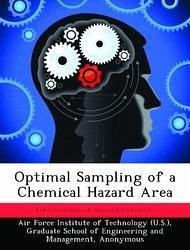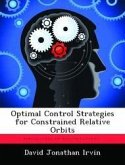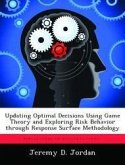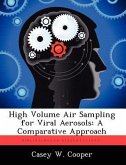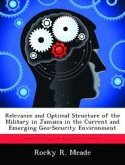This thesis proposes a methodology for optimally sampling a chemical hazard area subsequent to a chemical weapons attack. The objective is to identify the maximum number of areas that no longer require protective gear for safe operations. We model the area as an undirected graph and employ network analysis techniques to provide a methodological framework for identifying an optimal sampling sequence within a fixed time limit. We propose four models that characterize the secondary vapor concentrations: i) static and deterministic, ii) static and stochastic, iii) dynamic and deterministic, and iv) dynamic and stochastic. Comparisons of the static cases and their dynamic counterparts demonstrate the impact of temporal evolution of vapor concentrations on the optimal sampling path. We conclude that the number of safe areas may be either under- or over-estimated depending on the assumed nature of the secondary vapors.
Hinweis: Dieser Artikel kann nur an eine deutsche Lieferadresse ausgeliefert werden.
Hinweis: Dieser Artikel kann nur an eine deutsche Lieferadresse ausgeliefert werden.

